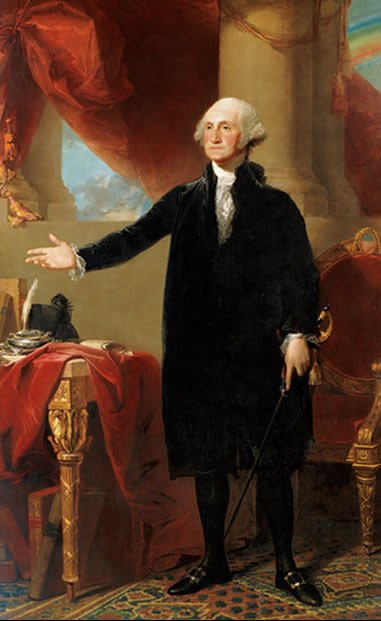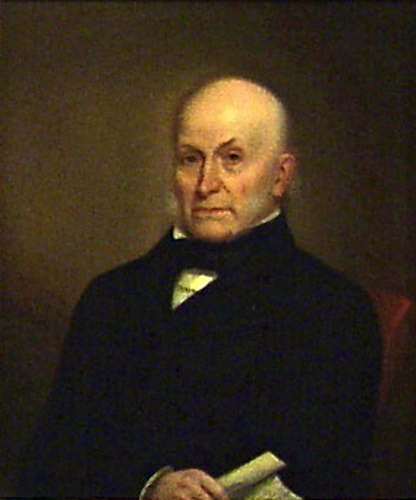 So did you know that before he became president, George Washington ran a successful fishery in the Potomac River near his Mount Vernon home? During the annual spring run, Washington's slaves would catch and harvest more than a million herring, shad, striped bass, oysters, crabs, and clams.
So did you know that before he became president, George Washington ran a successful fishery in the Potomac River near his Mount Vernon home? During the annual spring run, Washington's slaves would catch and harvest more than a million herring, shad, striped bass, oysters, crabs, and clams. The Potomac River, of course, flows into the Chesapeake Bay, the largest estuary in the United States. Back in George’s day, it was known for its great abundance of shellfish and fish. Today, it's not nearly as productive due to overharvesting, pollution, runoff, and disease, but it still yields more fish and shellfish (about 500 million pounds each year) than any other estuary in the United States.
What are estuaries? Estuaries are typically defined as partially enclosed coastal bodies of water that are formed where freshwater from rivers and streams mix with salt water from an ocean. Some estuaries, like the Chesapeake Bay and the lower part of the Hudson River, were formed thousands of years ago when melting glaciers caused sea levels to rise and flood low lying valleys and lands.
Others, like those found in Northern Europe, Alaska and Canada, were formed during periods of glaciation. Still others, like the San Francisco Bay, are known as tectonic estuaries that were formed by the buckling or folding of land surfaces along major fault lines. Regardless of how they were formed, estuaries are critical for marine life and have provided an important source of food for human beings since the beginning of recorded time.
So what do estuaries have to do with George Washington and food? A lot, if you consider the fact that by the time he became president, George had lost almost all of his teeth and had to eat soft foods, like hoe cakes, mashed potatoes, and seafood, throughout most of his adult life.
Although no recipes for preparing shad are contained in Martha Washington's Booke of Cookery, historians say that cooks at Mount Vernon were "undoubtedly so familiar with it that directions for preparation were unnecessary. Like boiling eggs, cooking shad was something everyone could do!"
If you'd like to whip up some fresh shad this spring, here's a simple and simply delicious recipe for Broiled Shad with Thyme to try from Food and Wine magazine:
2 pounds shad fillets, cut to make 4 pieces
1 tablespoon olive oil
3/4 teaspoon chopped fresh thyme
1/2 teaspoon salt
1/8 teaspoon fresh-ground black pepper
1 tablespoon butter
4 lemon wedges, for serving
Heat the broiler. Lightly oil a broiler pan or baking sheet. Put the fish in the pan and rub the surface with the oil. Sprinkle with the chopped or dried thyme, the salt, and pepper. Dot with the butter. Broil the fish until golden brown and just done, about 4 minutes for 3/4-inch-thick fillets. Decorate with the thyme sprigs, if using. Serve with the lemon wedges.
FAST FACT: By the time he became president, George had lost all but one of his natural teeth. Because of constant pain from ill-fitting dentures, he had to eat soft foods throughout most of his adult life. Contrary to popular belief, George didn't wear wooden dentures. Instead, a talented dentist named John Greenwood hand-crafted his dentures from elephant ivory, hippopotamus tusks, and parts of horse and donkey teeth!!
And now for my submission guidelines at Publisher's Marketplace!






